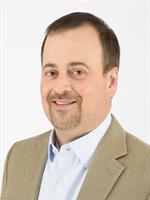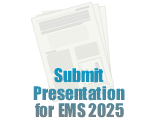 Determination of Polychlorinated Biphenyl Congeners (PCBs) and Organo Chlorine Pesticides (OCPs) in Fish by Two-dimensional Gas Chromatography Micro-electron Capture Detection
Determination of Polychlorinated Biphenyl Congeners (PCBs) and Organo Chlorine Pesticides (OCPs) in Fish by Two-dimensional Gas Chromatography Micro-electron Capture DetectionNew Organic Monitoring Techniques
Oral Presentation
Prepared by R. Addink, T. Hall
Fluid Management Systems, 900 Technology Park Dr, Billerica, Massachusetts, 01821, United States
Contact Information: [email protected]; 617-393-2396
ABSTRACT
In this study a method was developed for sample processing of aquatic organisms for Polychlorinated Biphenyls (PCBs) and Organochlorine Pesticides (OCPs). Study of legacy compounds is of continued importance both for food consumption and knowledge of existing concentrations in the environment.
Different sample types (fish, clam, or mussel) were either measured and weighed individually, or as a whole. Depending on the size different techniques were used for cutting, heading, tailing and homogenization. The fish/clam/mussel samples were acid-digested using concentrated hydrochloric acid, followed by organic solvent liquid-liquid extraction (dichloromethane/hexane mix).
Cleanup of the extracts was done with a semi-automated technique. The semi-automated system uses a rotary workstation with a vacuum pump to perform the sample cleanup in two stages with a few simple steps. One column was used for the cleanup containing 7.5 g Florisil. The columns were conditioned in Stage 1 with 25 mL hexane, followed by 25 mL of 25 % dichloromethane in hexane. The columns were then transferred to Stage 2 for collection. Samples in approx. 2 mL solvent were loaded onto the columns and the columns were then eluted with 25 mL of 25 % dichloromethane in hexane and collected. Both PCBs and OCPs were collected in the same fraction.
After volume reduction at ambient temperature analysis was done with comprehensive two-dimensional gas chromatography equipped with an electron capture detector (GC×GC-µECD).
Excellent recoveries were obtained with this method. Results will be presented at the Conference.

